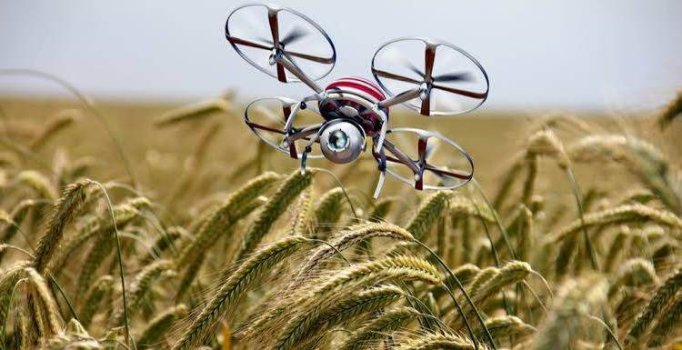K
Kathleen Martin
Guest
With over 1.3 billion people employed in the agriculture sector worldwide, this $5 trillion industry is the 2nd largest employment generator in the world accounting for more than 28% of the global employment. Being around 12, 000 years old, it is the primary source of living for almost 58% of India’s population.
It is estimated that the world’s population would reach 9.7 billion by 2050 and the supply side could face constraints due to an increase in demand for food, requiring at least 70% increase in production. And the applications of Artificial Intelligence and ML in the agriculture industry is estimated to improve the industry by at least 7 to 9% by adding a value of another $500 billion by 2030 to the GDP. There are several applications of this advanced connectivity in the agriculture industry.
Field conditions management
Determining the soil conditions and its complex processes are done by the use of these connectivity technologies. The right conditions for the crop to grow, identifying the nutrient deficiencies in the soil, and enabling image recognition technology to improve the harvest quality are done by the use of AI applications in fields.
Machine learning algorithms analyse the soil by examining the soil moisture, temperature, evaporation processes, to understand the mechanisms of the entire ecosystems and find ways to restore the soil and produce healthy crops.
Livestock management
As Artificial intelligence and machine learning have become easily available now, the use of applications pertaining to this technology has benefited the farmers greatly to manage their livestock efficiently. AI technology has revolutionized the farming by using applications like robots, drones and smart monitoring systems. Apart from this, technologies created to monitor the health of farm animals, to detect injuries and illness saves the time and effort of the farmer.
Continue reading: https://techgraph.co/opinions/top-4-applications-ai-machine-learning-in-agriculture/
It is estimated that the world’s population would reach 9.7 billion by 2050 and the supply side could face constraints due to an increase in demand for food, requiring at least 70% increase in production. And the applications of Artificial Intelligence and ML in the agriculture industry is estimated to improve the industry by at least 7 to 9% by adding a value of another $500 billion by 2030 to the GDP. There are several applications of this advanced connectivity in the agriculture industry.
Field conditions management
Determining the soil conditions and its complex processes are done by the use of these connectivity technologies. The right conditions for the crop to grow, identifying the nutrient deficiencies in the soil, and enabling image recognition technology to improve the harvest quality are done by the use of AI applications in fields.
Machine learning algorithms analyse the soil by examining the soil moisture, temperature, evaporation processes, to understand the mechanisms of the entire ecosystems and find ways to restore the soil and produce healthy crops.
Livestock management
As Artificial intelligence and machine learning have become easily available now, the use of applications pertaining to this technology has benefited the farmers greatly to manage their livestock efficiently. AI technology has revolutionized the farming by using applications like robots, drones and smart monitoring systems. Apart from this, technologies created to monitor the health of farm animals, to detect injuries and illness saves the time and effort of the farmer.
Continue reading: https://techgraph.co/opinions/top-4-applications-ai-machine-learning-in-agriculture/

